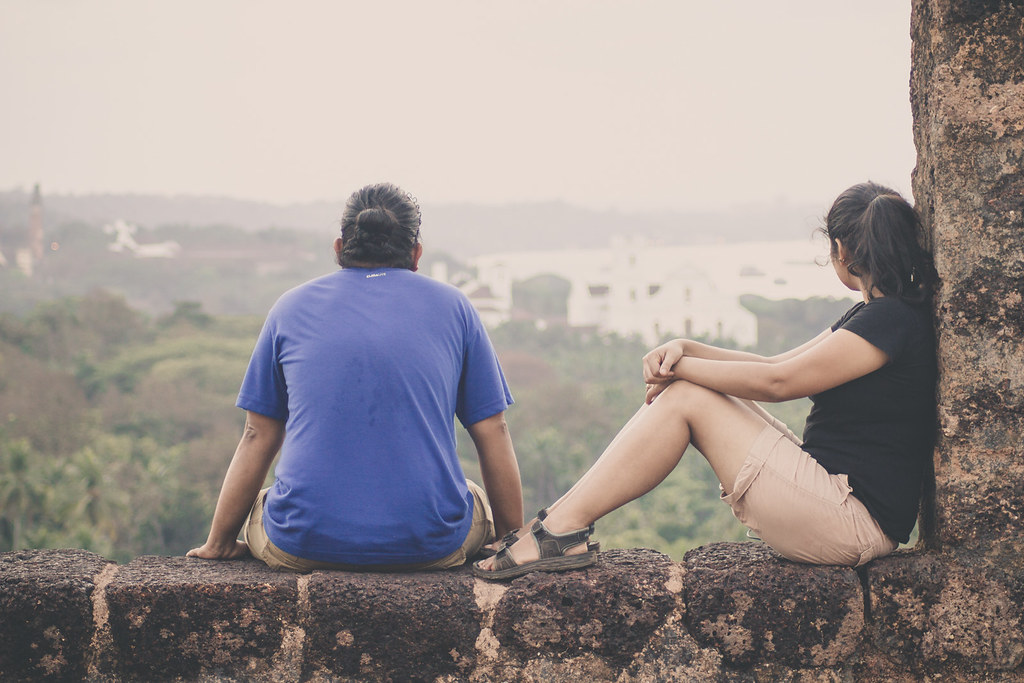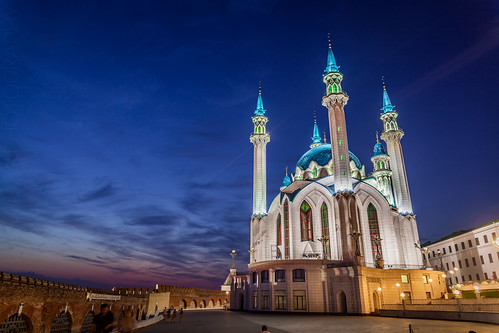It’s only when we reached the city of Kazan that we were suddenly reminded of the Asia in Russia. Just the second city on our Trans Siberian journey across the breadth of Russia, Kazan felt quite different from the very European Moscow and the other small towns and villages we had visited around it. Many faces in Kazaan seemed distinctly more Mongoloid and Turkic (The Tatars of Kazan are said to have descended from the Chingis Khan’s hordes) and the food too was much more spiced than traditional Russian food. In fact, everywhere we looked, we noticed a wonderful blend of the Asian and European cultures — that unique flavour that I imagine makes a city like Istanbul so popular. It is in fact, called the Istanbul of the Volga region. It is fitting then that the origin of the name Kazan is said to be the word for a cooking vessel in the Tatar language... You know, melting pot of cultures et al.
Interestingly, Kazan which is the capital of the Republic of Tatarstan in Russia still technically falls in the European part of Russia. The border dividing Asia and Europe in Russia lies more than 900 kms ahead in the city of Yekaterinburg. But more about that later.
With a large Muslim population, Kazan is home to many beautiful mosques, the most striking of them being the Qolşärif Mosque (or the Anglicised Kul Sharif), the architecture of which marries the Russian love for grandeur with the unique Ottoman style of architecture. Housing also a library and a museum of Islamic culture, this mosque — the largest in Russia — stands tall over the Kazan skyline. It makes it harder for you to believe that this beautiful mosque was constructed only as recently as 2005, standing in the place of the original 16th century mosque which burned down in a fire. Qolşärif was said to have been a prominent religious leader, who died a martyr defending Kazan against the invasion of the Russian Tsar, Ivan the Terrible (or Ivan the Great, depending on which side of the war you were on). Despite being a very important city in Russia (often known as the third capital of Russia), Kazan still retains its unique Tatar essence. And this big beautiful mosque that stands on a hill overlooking the city seems like a physical representation of the Tatar voice.
Gazing at the Qolşärif at dusk was like watching at an Urdu poem come to life. It has a dreamy moonlit magic that seems to colour the entire city in its radiance. We spent an evening watching the fiery sunset in its grand pinks and orange paint the marbled mosque like a canvas before a deep indigo took over and the turquoise of the mosque’s domes shimmered brilliantly. I’ll always like to remember Kazan by this moment.


Share the love
If you liked what you just read, share it with your friends, family, dentist, parish priest, bookie and CA.